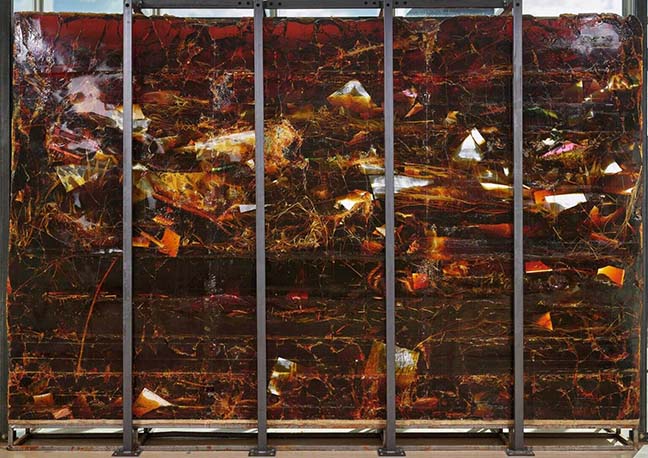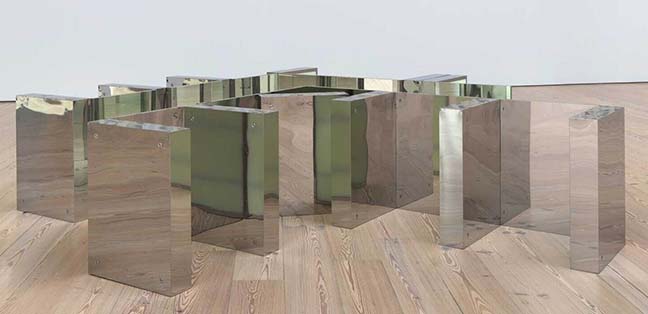By Lucy Komisar
If you took the white cards explaining many of the “art” works (some colorful shmattas, geometrical designs, my favorite fake art, a display of medicine cabinets), threw them in the air and then attached them haphazardly to any of the works, they would be the same: “this work is about the oppression of (fill in the blanks) and the destruction of (the environment or fill in the blanks) by predatory capitalism.”
Now, I love serious political art. The treatment of minorities and all poor people by the interests who run society and their minions is criminal. Late-stage capitalism is truly nasty. (Its previous incarnations were also nasty.) But the Whitney biennials are getting ridiculous. It’s now about performative virtue signaling.
My favorite indirect confirmation is the comment by Mary Lovelace O’Neal, who I knew when I participated in the civil rights movement of the sixties. While she was deeply involved in the movement, she did not think she had to make paintings to illustrate or inspire the struggle. She thought doing her own abstract work was just as relevant to black life. She didn’t have to signal her virtue. And I like her whale, which seems to be ridden by a court jester!
Here is more of what I liked. On the terrace, “Ruins of Empire or The Earth Swallows the Master’s House,” a terrific leaning (collapsing) north façade of the White House made of earth (America’s fragile political foundations) by Kiyan Williams. Note upside-down flag.
Then, a nice idea that doesn’t really work, “Villa Grimaldi” by Eddie Rodolfo Aparicio is a large amber installation embedded with facsimiles of archival documents from El Salvador, relating to the mass killings by the military government in the 1930s following a popular rebellion of 1932. I covered the U.S.-sponsored Salvadoran death squad war against democratic forces in the early 1980s, so I share his point of view. But you could hardly see, much less read the papers. Villa Grimaldi was a torture center run by the also-U.S.-sponsored Pinochet dictatorship.
The most ridiculous piece was a collection of medicine cabinets. The artist should have at least given credit to Ikea or Amazon or wherever she got the stuff. And the Vaseline cited on the card was in your imagination. The only thing she made was the text.
It said the installation was composed of “medicine cabinets filled with Vaseline [lie], both elements that point to domesticity, practices of care, and the industrialization of medicine.” It notes that she “often considers the entanglement between illness and capitalism,” and that Vaseline is a byproduct of oil and gas production. Are we supposed to take that seriously? Vaseline is used to treat skin scrapes and burns and prevent diaper rash. Yes, I know the health care industry is a subset of predatory capitalism, but this work does not show that. Carolyn, what are you smoking?
As the Whitney Biennial proves, good politics does not always make good art.
Photos by the Whitney Museum.
“Even Better Than the Real Thing.” Whitney Biennial. Whitney Museum, 99 Gansevoort Street, New York City. At the Hudson River. Free Fridays, 2nd Sundays and to under 19s and others, including SNAP/EBT card holders. Opened March 20, closes Aug 11, 2024.





